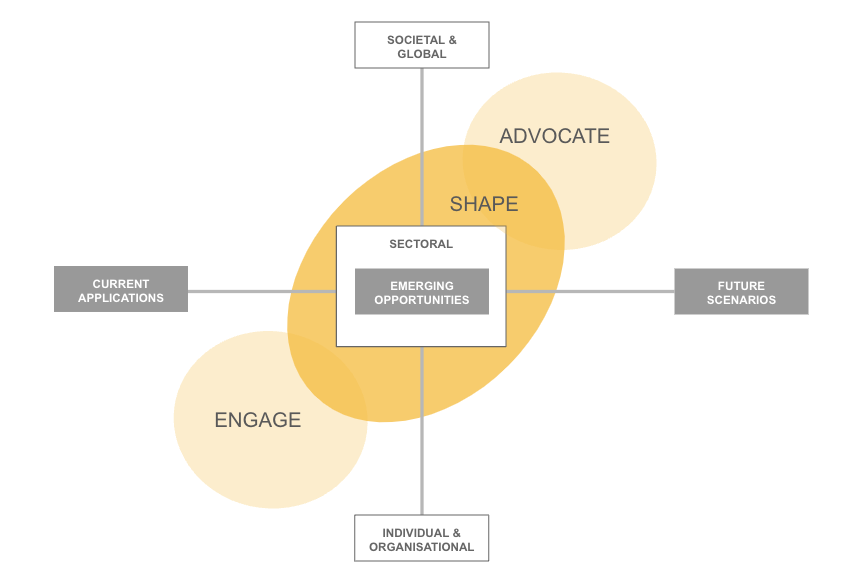What does responsible AI mean for us?
The digital cultural heritage community has never been a bystander in digital transition; we have actively shaped and developed digital infrastructures and tools that adhere to public values and inspire other sectors. This ranges from development of technical standards such as IIIF to championing of Creative Commons licences to data governance frameworks.
If we want to claim a similar role in the development of AI, we need to agree on a common vision. However, the vague and ambiguous nature of terms such as ethical, trustworthy and participatory AI combined with the lack of concrete good practices that would make these concepts more tangible, creates complexity and uncertainty around the topic.
Addressing this uncertainty is particularly key in the context of the common European data space for cultural heritage, the European Union flagship initiative to accelerate the digital transformation of the cultural heritage sector. The data space comprises cutting-edge infrastructure, a vibrant community and a suite of products, frameworks and tools which facilitate the open and trustworthy sharing of heritage data across Europe. As we expand its infrastructure and nurture its community, the question remains - what position should the data space take in responsible AI development and adoption? And what do responsible AI practices and critical engagement with AI look like in our community?
Just as the Europeana Digital Service Infrastructure - the foundation upon which the data space is built and expanded - served as a blueprint for data sharing infrastructures in Europe, so can the data space for cultural heritage serve as an example and a leading voice shaping critical adoption and engagement with AI.
Towards agreement through an Alignment Assembly
For this reason, the Europeana Foundation and the Netherlands Institute for Sound & Vision, within and on behalf of the data space consortium, have just launched an Alignment Assembly on ‘Culture for AI’- a participatory collective intelligence activity and consultation process that will help us clarify our community’s position on AI development, implementation and use. During this process, we will:
Identify consensus and friction points related to AI in the community of the common European data space for cultural heritage;
Facilitate community dialogue around the emerging dilemmas and illustrate how the heritage sector is navigating them;
Create a living resource with practical guidance for the community.
This process is based on the Alignment Assembly model developed by the Collective Intelligence Project and inspired by the Alignment Assembly on AI and the Commons conducted by Open Future, Creative Commons and Fundación Karisma in 2024. This approach combines large-scale surveys with structured conversations to inform policy debates and guide technology development in line with shared values.
During the Alignment Assembly, we will collectively assess a series of provocative statements about AI. A series of initial statements has been co-created drawing on insights from data space experiences, recent policy developments, sectoral discussions, and a dedicated online dialogue with data space stakeholders on 15 May. In addition, the community will also be invited to contribute additional statements they believe should be examined together.
Engage, shape, advocate
To guide the consultation process, we will examine AI in cultural heritage through the lens of a thinking model that outlines where we think our efforts can be most impactful. The model combines a temporal axis—from current applications, to emerging opportunities, to future scenarios—with an axis on groups involved and impacted: individuals and organisations, the heritage sector as a whole, and broader societal and global stakeholders.



